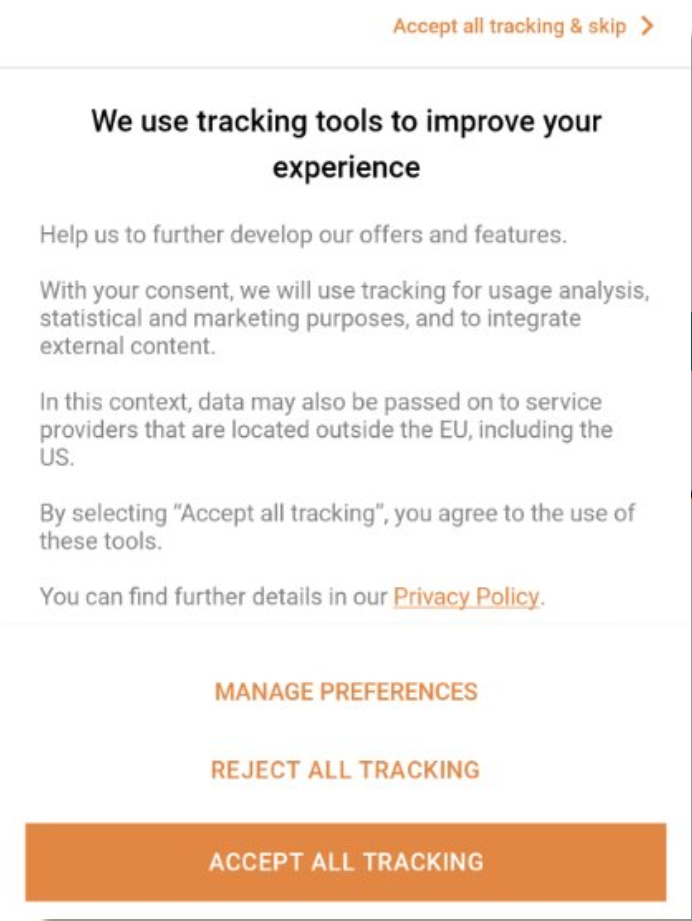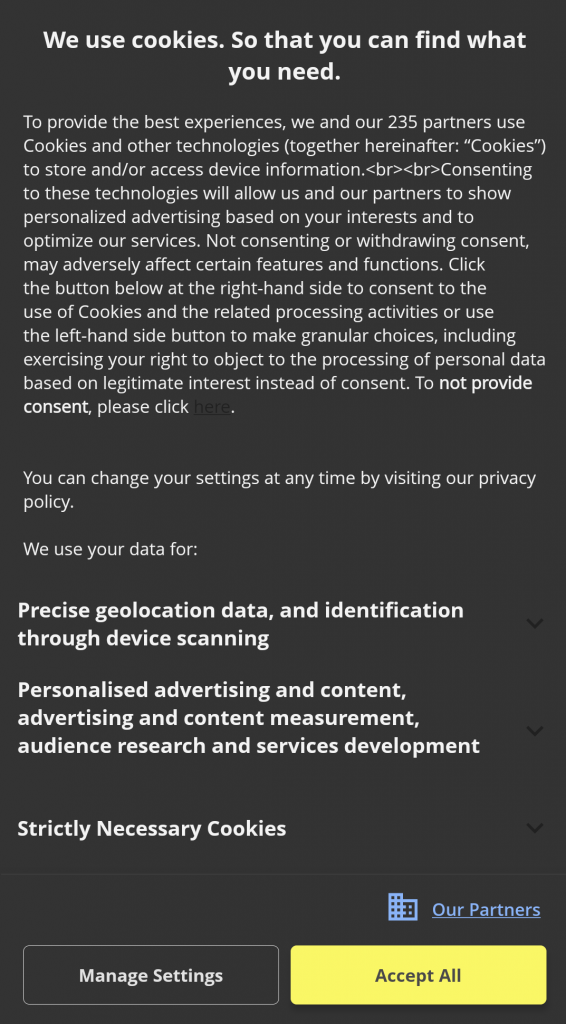What data is transferred by business apps, and how secure is their processing? Our research shows: If your employees use apps arbitrarily, you put your company’s security at risk.
At it-sa 2024, we present our app analysis framework Appicaptor. You can use it to automatically check whether apps are compliant with your company’s IT security demands. New results within the Athene funded research project FiDeReMA will improve Appicaptor analysis techniques. Among other things, the goal is to identify and evaluate privacy implications when using arbitrary apps.

Our current efforts to improve Appicaptor revolve around different privacy aspects:
- Device fingerprinting
- App DSGVO Consent Banners
- Permission piggybacking of Android in app third-party libraries
Device Fingerprinting
Device fingerprinting is a technique used to uniquely identify devices and therewith typically also users. Mobile apps make use of different device properties such for example device name, software version and others. They combine such values mostly with a hashing function to a unique identifier. Use cases for device fingerprinting are app usage statistics, fraud detection and mostly targeted advertisement.
When employees install apps with device fingerprinting on their mobile corporate devices, it can lead to the loss of sensitive business data for companies. Attackers can acquire the collected data and potentially identify the devices of company management, spy on trade secrets, and ascertain customer contacts. In practice, the Cambridge Analytica case shows how sufficient data from various sources can be used to analyze users and manipulate them through targeted advertising, thereby influencing even election results.

Our analysis results show that more than 60% of the top 1,000 apps on Google Play employ device fingerprinting techniques. This allows a unique device identification even across app borders.
We extracted 30,000 domains from the most popular 2,000 iOS and Android apps. Afterwards, we filtered out domain names for the most prevalent device fingerprinters covering 90% market share. We were able to prevent device fingerprinting in 40% of the cases by using publicly available domain blocklists. These lists are specialized on tracking and advertisement domains and can be easily applied to for example a firewall. Another 40% would easily be blockable by updating the blocklist: Some fingerprinters use random subdomains for their communication in the form of https://8726481.iFingerprinter.org giving many possibilities to be blocked.
We also proposed an approach to randomize return values of popular properties used for device fingerprinting. Our results prove that this technique dramatically reduces the uniqueness of the device fingerprint. Nevertheless, respective APIs remain accurate enough for their intended use cases. The hope is that our proposed techniques are included in future Android and iOS releases.
In-App DSGVO Consent Banners
Many of the previously mentioned device fingerprinting properties would typically require user consent as stated by the DSGVO. According to recent court decisions and EU regulations, rejecting must be just as easy as accepting consent banners. However, many companies don’t obey such regulations. Those who obey mostly apply dark pattern to push the user into accepting all tracking.

We are currently working on detecting if apps provide a reject option on first instance, without having to click through several submenus. In our attempt, we are employing artificial intelligence to analyse such consent banners for reject options on first instance. The results yield a success rate of 82%. Some apps try hard to remain within legal boundaries but make it hard for users to reject data usage. Can you find the first level reject option in the following consent banner? – Yes there is an option.

We have collected the most interesting consent banners and bundled them into a game. With the app “Reject all cookies” you need to overcome several consent banners and keep your data private. Having rejected all “cookies” in the app you can win real cookies at our it-sa 2024 booth (6-314).
Permission piggybacking in Android Apps
Traditionally, Android apps comprise a main application and several supporting libraries. These libraries often inherit permissions from the main app, granting them unnecessary access beyond their core functions. This leads to permission piggybacking, where libraries exploit inherited permissions to gather data without requesting them directly. Advertisement and tracking libraries particularly leverage this tactic to collect extensive user data.
We have developed an analysis tool to detect third-party app libraries only probing for already granted permissions, without ever requesting permissions themselves.
Analysing the top 1,000 apps on Google Play reveals that 50% of the libraries exhibit this permission probing behaviour. Presumably, these libraries then adapt their behaviour according to the granted permissions of the main app. Accordingly, they collect more or less data, as available. Most of the identified libraries exhibiting such behaviour are well-known advertising and tracking libraries. This fact underlines the urge for a finer granular permission system to separate main app and third-party libraries.
Visit us at it-sa 2024 and have a cookie with us!
You’ll find us in hall 6, booth number 6-314 for a demonstration and discussions.
